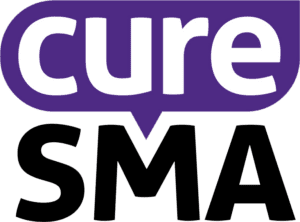
Novartis today announced positive topline results from the Phase III STEER study. This pivotal study assessed the efficacy and safety of investigational intrathecal onasemnogene abeparvovec (OAV101 IT) in treatment-naïve patients with spinal muscular atrophy (SMA) Type 2, aged two to less than 18 years who are able to sit but have never walked independently. Efficacy and safety results for OAV101 IT were compared against a sham control, a procedure designed to mimic the administration of an investigational drug, without delivering any active treatment.
The STEER study met its primary endpoint showing an increase from baseline across the study population in total Hammersmith Functional Motor Scale - Expanded (HFMSE) scores. HFMSE is a gold standard for SMA-specific assessment of motor ability and disease progression. The increase was observed in patients treated with OAV101 IT compared to sham controls indicating better motor function in patients with SMA.
The safety profile of OAV101 IT was favorable. The overall adverse events and serious adverse events were similar between arms. The most common adverse events were upper respiratory tract infection, pyrexia and vomiting.
Novartis plans to share results with regulatory agencies in 2025, including the US Food and Drug Administration (FDA), with the aim to make OAV101 IT available to help patients with SMA in need. Data will be presented at an upcoming medical meeting in 2025.
“The totality of evidence clearly supports a positive risk benefit profile of OAV101 which is expected to support registration covering a broad range of SMA patients. We remain committed to leading innovation in SMA treatment through our one-time gene therapies, uniquely designed to replace the function of the missing or defective SMN1 gene” said Shreeram Aradhye, M.D., President, Development and Chief Medical Officer, Novartis.
“Maintaining motor function is a key goal for many older patients with SMA. This may allow them the capacity to continue to propel their electric wheelchair, feed themselves with intact hand to mouth function, and perform other activities of daily living as independently as possible” said Crystal Proud, M.D., Pediatric Neurologist and a Principal Investigator at Children's Hospital of the King's Daughters.OAV101 IT administration has not only been demonstrated to maintain motor function, but also increased it in indicating the impact a one-time therapy could have.”


